Ciao,
I am working with this function in R:
betaFun = function(x){
if(x == 0){
return(0.5)
}
return( ( 1+exp(x)*(x-1) )/( x*(exp(x)-1) ) )
}
The function is smooth and well defined for every x (at least from a theoretical point of view) and in 0 the limit approach to 0.5 (you can convince yourself about this by using Hopital theorem).
i.e. the fact that, due to the limit, R wrongly compute the values and I get a blowup in 0.
Here I report the numerical issue:
x = c(1e-4, 1e-6, 1e-8, 1e-10, 1e-12, 1e-13)
sapply(x, betaFun)
[1] 5.000083e-01 5.000442e-01 2.220446e+00 0.000000e+00 0.000000e+00 1.111111e+10
As you can see the evaluation is pretty weird, in particular last one. I thought that I could solve this problem by defining the missing value in 0 (as you can see from the code) but it is not true.
Do you know how can I solve this numerical blow up problem?
I need high precision for this function since I have to invert it around 0. I will do it using nleqslv function from nleqslv library. Of course the inversion will return wrong solutions if the function has numerical problems.
